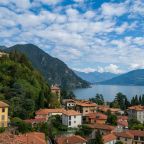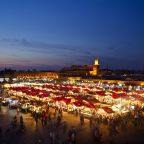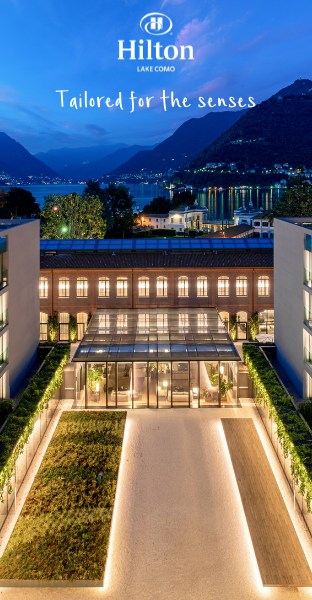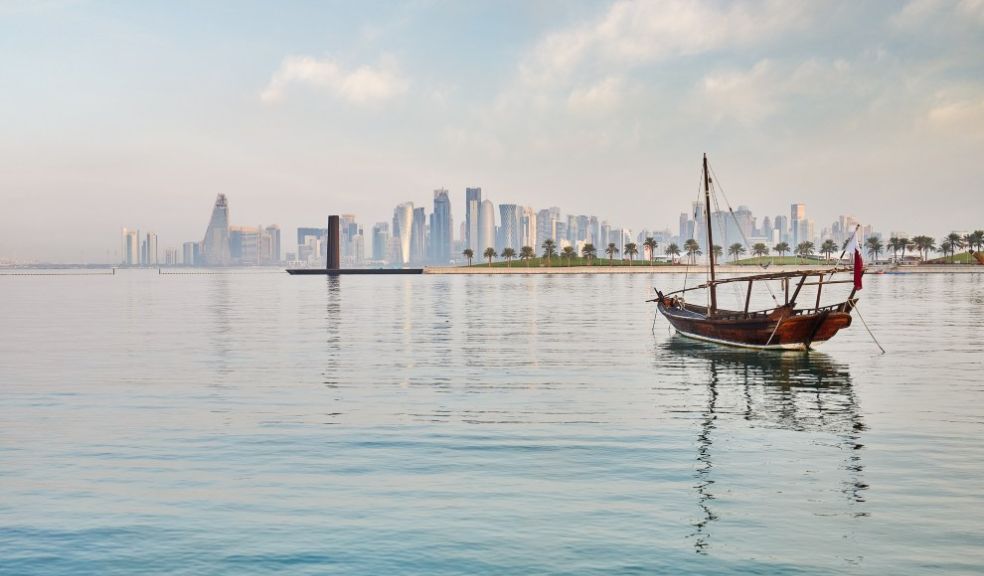
How to travel and explore Qatar by bicycle, metro and on foot
How to travel and explore Qatar by bicycle, metro and on foot
-
In six months’ time more than one million fans will travel to Qatar for the FIFA World Cup Qatar 2022™
-
In preparation for the holiday crowds, gleaming new train and tram services are operating
-
Qatar Tourism reveals how to explore the country without using a car
With just six months to go until the FIFA World Cup Qatar 2022™, Qatar Tourism has revealed how easy it is to explore the country by metro, bicycle or on foot.
With more than one million international fans expected to travel during the tournament, public transport services will be crucial to attend matches and see tourism sights in a safe and affordable way.
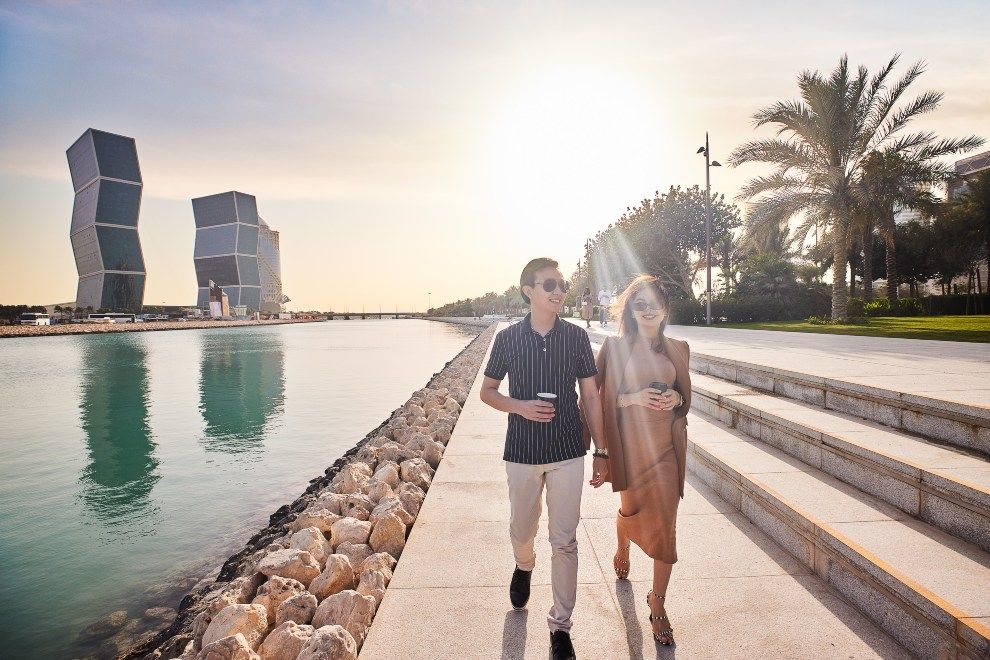 Chief Operating Officer of Qatar Tourism, Berthold Trenkel, said: “Visitors don’t need a car to explore Doha, as all the top attractions are located accessibly along our metro and tram network. To see the sights stress-free, it’s also surprisingly simple to stroll around the city.
Chief Operating Officer of Qatar Tourism, Berthold Trenkel, said: “Visitors don’t need a car to explore Doha, as all the top attractions are located accessibly along our metro and tram network. To see the sights stress-free, it’s also surprisingly simple to stroll around the city.
“For example, our vibrant café-lined downtown district of Msheireb connects, via a convenient passage, to the historical Souq Waqif; a walk between both really brings to life Qatar’s fusion of ancient heritage and modern development – a theme prevalent across the country’s society, culture, and architecture.”
How to explore Qatar
By metro…
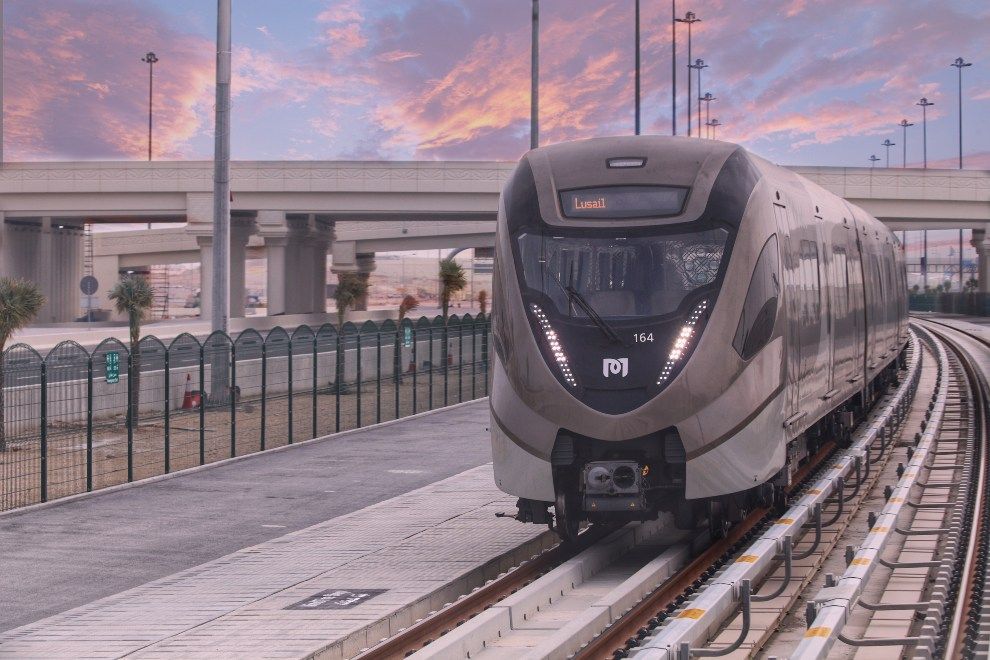 Doha Metro is one of the most advanced train systems in the world. The state-of-the-art network has been operational since 2019 and features 100 km/h trains, driverless carriages and even a Gold Class for premium passengers.
Doha Metro is one of the most advanced train systems in the world. The state-of-the-art network has been operational since 2019 and features 100 km/h trains, driverless carriages and even a Gold Class for premium passengers.
FIFA World Cup Qatar 2022™ fans will find the metro provides a practical and inexpensive means to attend matches. The system links Hamad International Airport (HIA) with five of the eight stadiums.
A journey costs as little as 2 QAR for a one-way trip (0.55 USD), after a reusable travel card (valid for five years) has been purchased for 10 QAR (2.75 USD).
The system’s red, green and gold lines also link the capital’s best cultural, leisure and shopping attractions. A bus service called Metrolink provides free shuttle rides across the city to metro station entrances.
Stops on the red line include Katara, Doha’s go-to destination for arts, culture, and cuisine; West Bay, the city’s skyscraper-laden central district; Msheireb, the downtown sustainable revival of the old commercial district with a fleet of al fresco dining options; and HIA at the end of the line.
The gold line takes passengers to the iconic National Museum of Qatar and Souq Waqif’s bustling marketplace. It then ventures on to Aspire Zone, a large green area featuring parks, the Khalifa International Stadium, the 300m-tall The Torch Doha, Villaggio Mall and the new 3-2-1 Qatar Olympic and Sports Museum – displaying objects such as Muhammad Ali’s boxing gloves, Pelé’s World Cup winning football boots and Michael Schumacher’s title winning F1 car from 2000.
Finally, the green line stretches from the centre of Doha out to Education City, the country’s hub for learning and education, with university campuses, parks, the stunning Education City Mosque and the Qatar National Library. The line then extends out to the Ahmad Bin Ali Stadium and Mall of Qatar.
By tram…
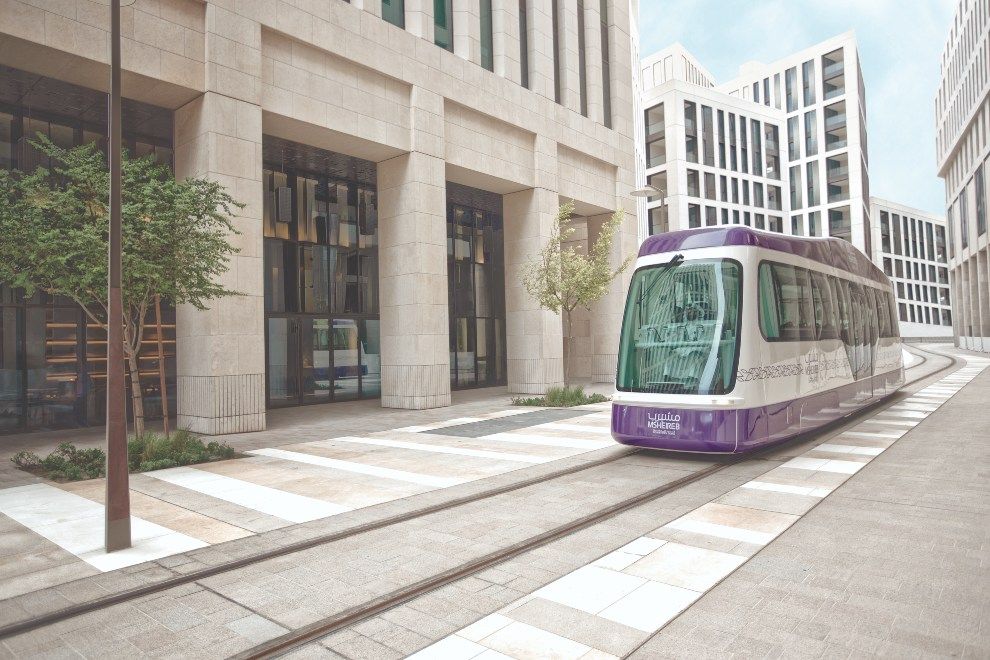 Accompanying the Doha Metro is a series of tram services that operate in specific city districts. Both the Education City Tram and Msheireb Tram offer a convenient free-of-charge service that circle around their respective areas.
Accompanying the Doha Metro is a series of tram services that operate in specific city districts. Both the Education City Tram and Msheireb Tram offer a convenient free-of-charge service that circle around their respective areas.
Lusail Tram, which launched at the start of 2022, provides an extensive route around Lusail – Qatar’s sustainable city of the future and the heart of the FIFA World Cup Qatar 2022™. Sights include Lusail Stadium (which will host the tournament’s final) and Place Vendôme – a giant new luxury shopping mall with a central canal, dancing water fountains, and more than 500 high-end and mid-range stores. Ticket costs for the Lusail Tram are in line with Doha Metro’s at 2 QAR for a one-way trip (0.55 USD).
By bicycle…
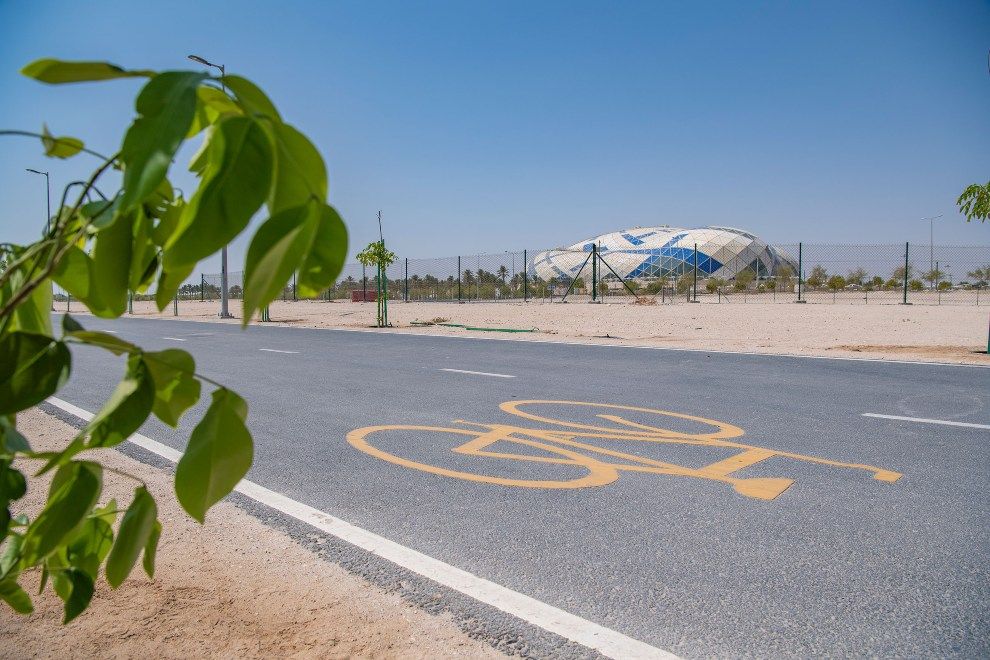 Cycling in Qatar has never been easier, with new tracks constantly opening as the government increases the emphasis on healthy and active lifestyles.
Cycling in Qatar has never been easier, with new tracks constantly opening as the government increases the emphasis on healthy and active lifestyles.
Most notable of all the routes is the Olympic Cycling Track, which opened in 2020. At 33 kilometres, this track holds the Guinness World Record for the longest continuous cycle path in the world. Five bridges and nearly 30 underpasses facilitate non-stop riding.
Next while the Lusail International Circuit usually plays host to F1 cars and MotoGP bikes, it also opens its five-kilometre track to cyclists, runners, walkers and skaters for three hours of free training every Wednesday evening. Bicycles can be hired at the track for a small fee.
For something a little less intense, cyclists can visit Al Bidda Park, which offers five kilometres of smooth riding surrounded by lush natural greenery. Another five-kilometre track lies in Aspire Zone Park, where special helmets are provided and a Learn to Ride initiative encourages children to hop onto two wheels.
For more cycling inspired activities in Qatar visit: https://www.visitqatar.qa/intl-en/things-to-do/get-inspired/cycling-in-qatar
By foot…
A walk around Doha’s Corniche and downtown area is arguably the best way for first-time visitors to see and soak up Qatari culture in a short time.
Starting at the Museum of Islamic Art (MIA), visitors should stroll around the large park outside the museum, to the nearly 25 metres high ‘7’ sculpture by the acclaimed American artist Richard Serra. His tallest ever creation, ‘7’ is made from seven steel plates in reference to the significance of the number in Islamic culture.
Nearby MIA Park is Doha Harbour along the corniche, featuring hundreds of dhows. Dhows are traditional wooden boats and they were the backbone of Qatar’s economy when pearl diving was the country’s main industry.
After the corniche it’s easy to spend a couple of hours immersed in the ambiance of the Souq Waqif, Qatar’s iconic traditional marketplace. Originally a weekend market for Bedouins, the souq underwent a complete restoration in in the mid noughties and offers a maze of narrow alleyways lined with small shops, cafes, and restaurants.
At the souq’s exit, a series of staircases and escalators take visitors up into Msheireb Downtown Doha, a walk that blends Qatar’s ancient heritage into its vibrant future. Msheireb is the world’s first sustainable downtown regeneration project and comprises more than 100 buildings housing art galleries, shops and cafes. Spread across the district are the Msheireb Museums, celebrating the history of Qatar’s heritage houses: Bin Jelmood House, Company House, Mohammed Bin Jassim House, and Radwani House.










